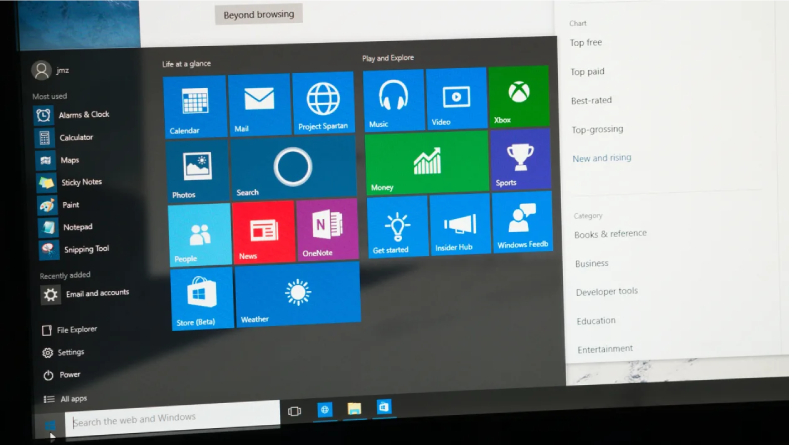In the rapidly evolving landscape of education, technological advancements play a pivotal role in reshaping administrative processes, offering new and efficient ways to manage school operations. This comprehensive guide aims to provide a roadmap for schools to embrace digital solutions and enhance administrative efficiency. From streamlining communication to optimizing data management, each aspect is explored in detail, offering valuable insights for educators, administrators, and IT professionals.
Efficient Student Information Management:
Managing student data is a complex yet critical aspect of school administration. Digital tools simplify this process, offering efficient student information systems (SIS) that store and manage data securely. Using education management system in your schools can make the tasks easy to perform. These systems can handle everything from attendance records and grades to medical information and disciplinary history. Cloud-based SIS ensures accessibility from anywhere, enabling administrators to make informed decisions swiftly. Additionally, automation features reduce manual data entry, minimizing errors and enhancing overall accuracy.
Revolutionizing Communication Channels:
Communication lies at the heart of effective school administration. Digital tools provide a transformative solution to streamline communication between teachers, parents, and administrators. Platforms like dedicated school apps or communication portals facilitate instant updates on student progress, upcoming events, and important announcements. This not only fosters transparency but also strengthens the school-home partnership crucial for a student’s success. Furthermore, the integration of messaging systems allows for real-time communication, reducing response times and fostering a collaborative environment.
Streamlining Enrollment and Registration Processes:
Traditionally cumbersome enrollment and registration processes can be significantly streamlined through digital solutions. Online enrollment forms, electronic document submissions, and automated approval processes expedite admissions. This not only saves time for both administrators and parents but also enhances data accuracy. Furthermore, digital enrollment systems can integrate with other administrative tools, creating a seamless workflow from admission to onboarding.
Embracing Virtual Classrooms and E-Learning Platforms:
The onset of the digital era has led to a significant revolution in the education sector. Virtual classrooms and e-learning platforms have become integral components of the educational terrain. The incorporation of these technologies into administrative procedures empowers schools to effectively handle course content, monitor student advancement, and enhance interactions between teachers and students. Virtual classrooms extend beyond physical boundaries, offering flexibility in scheduling and accessibility. Administrators can harness these tools to create a dynamic and engaging learning environment.
Implementing Data Analytics for Informed Decision-Making:
Data analytics has emerged as a powerful tool for schools to make informed decisions and identify areas for improvement. By leveraging data from various administrative processes, schools can gain insights into student performance, resource allocation, and operational efficiency. Predictive analytics can help forecast trends, enabling administrators to proactively address challenges. Implementing data-driven decision-making not only enhances administrative efficacy but also contributes to the overall improvement of the educational experience.
Strengthening Cybersecurity Measures:
As schools increasingly rely on digital platforms and store sensitive student information online, cybersecurity becomes paramount. Implementing robust cybersecurity measures protects against data breaches and ensures the integrity of the school’s digital infrastructure. Cybersecurity is a must-have in finance department. You might need a school fee management system to prevent fraud. This involves regular security audits, employee training on cybersecurity best practices, and the adoption of advanced encryption technologies. A secure digital environment not only safeguards student and administrative data but also builds trust among stakeholders in the school community.
In conclusion, the digital transformation of administrative processes in schools is not just a necessity but an opportunity to create a more efficient and student-focused educational ecosystem. By embracing communication technologies, optimizing data management, streamlining enrollment processes, integrating virtual learning, and harnessing the power of data analytics, schools can pave the way for a future where administrative excellence is synonymous with educational success.







